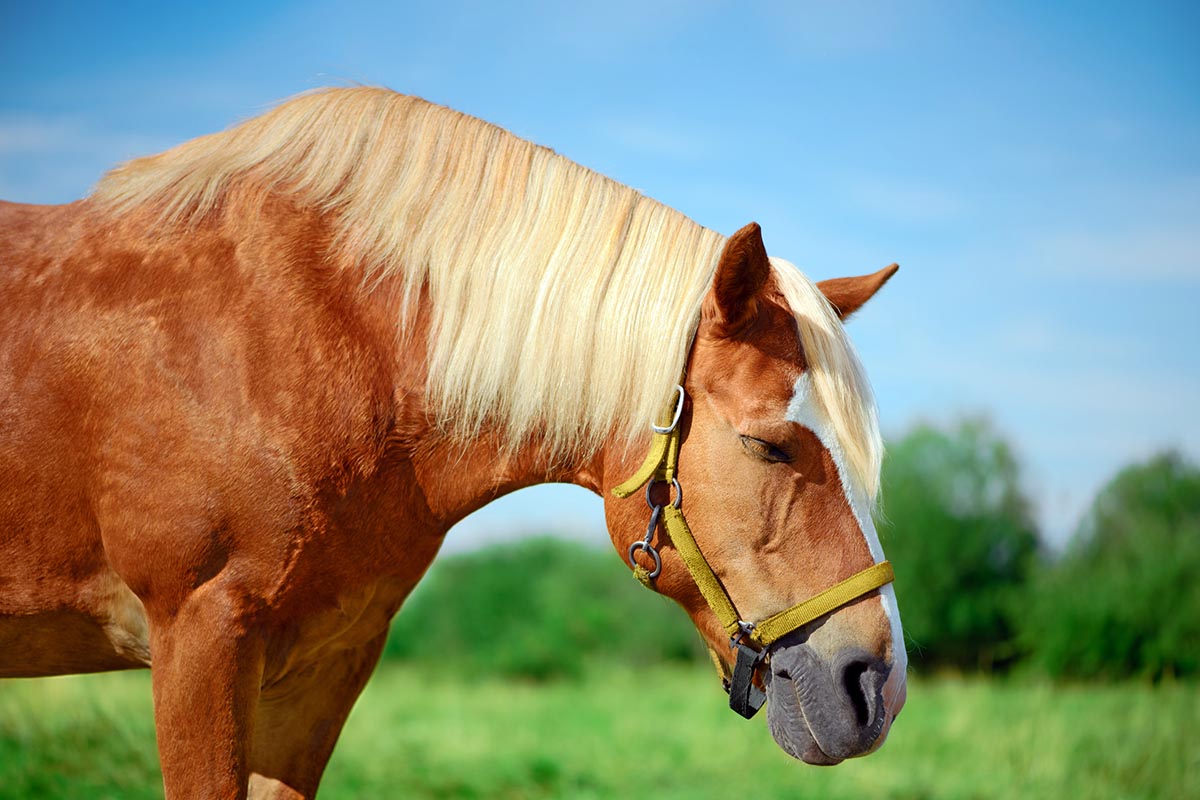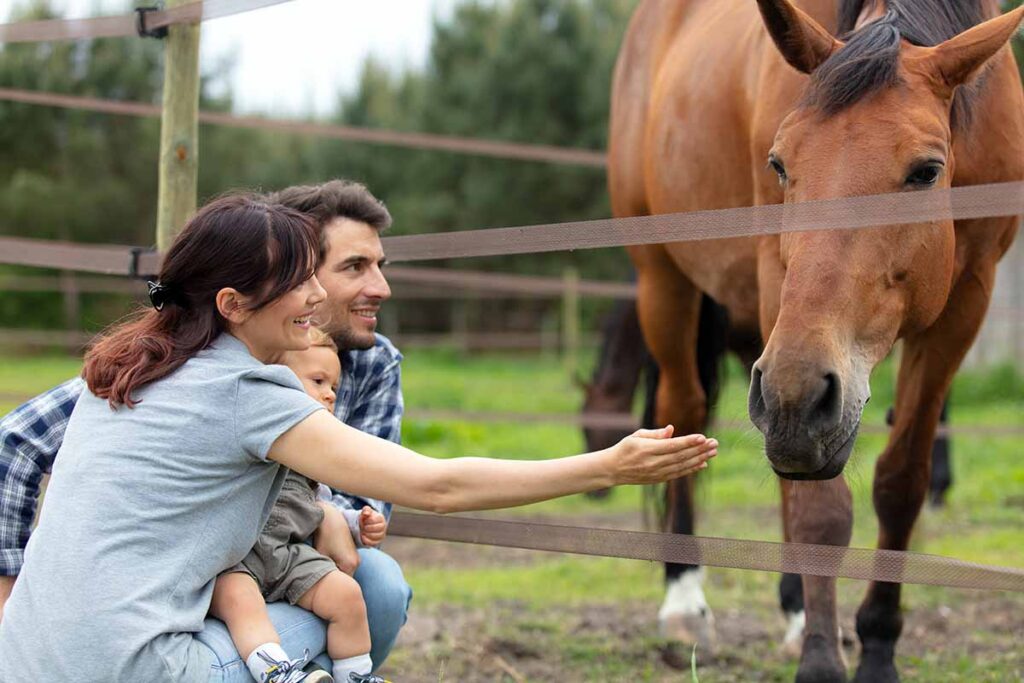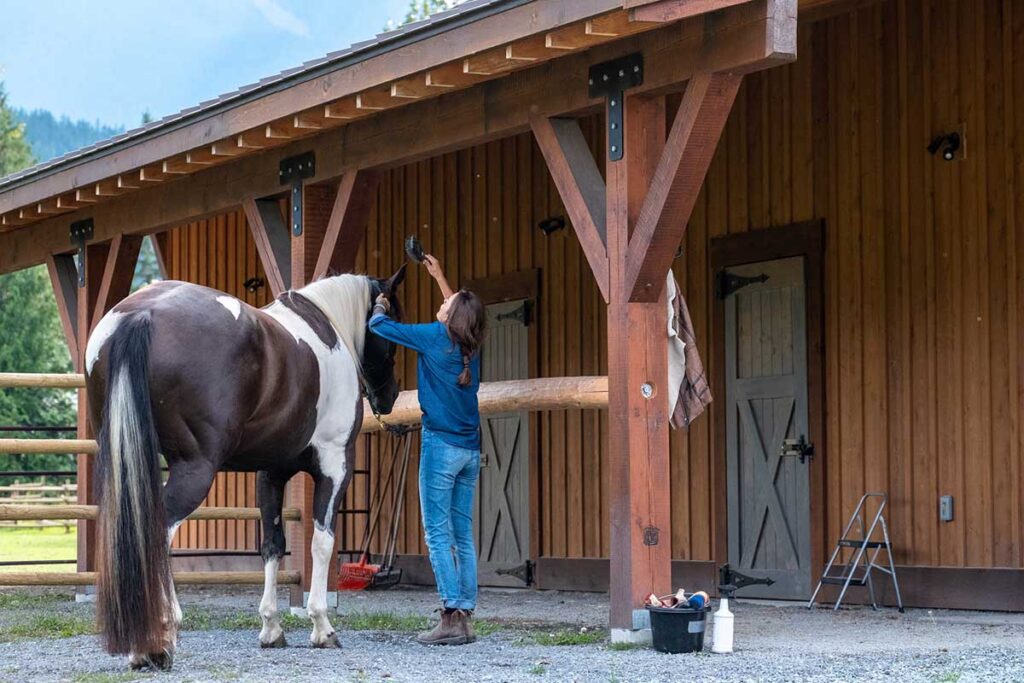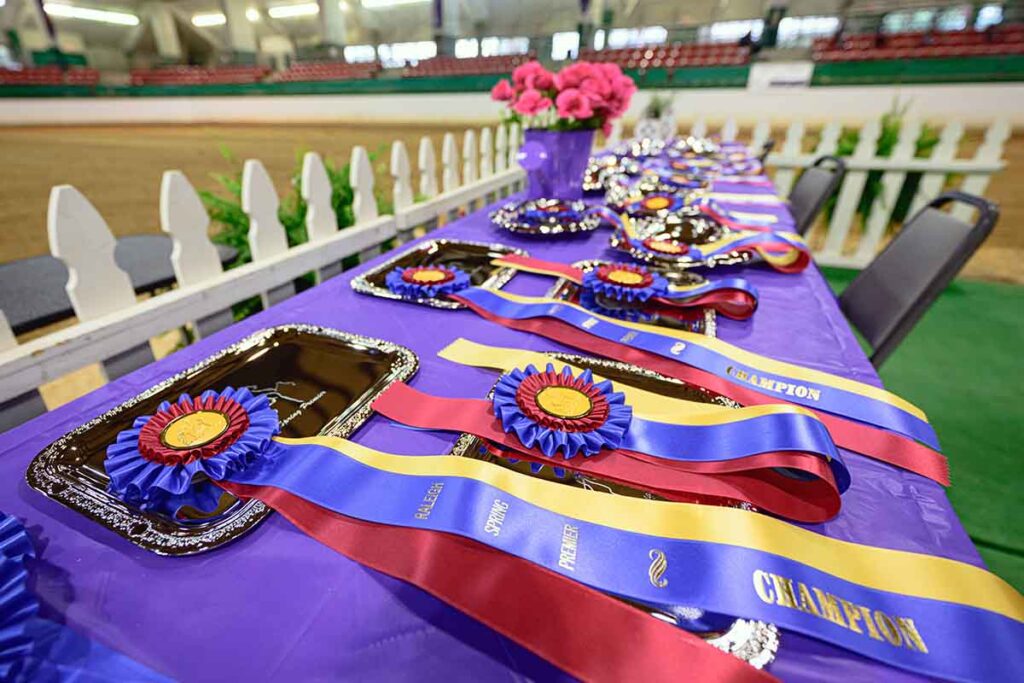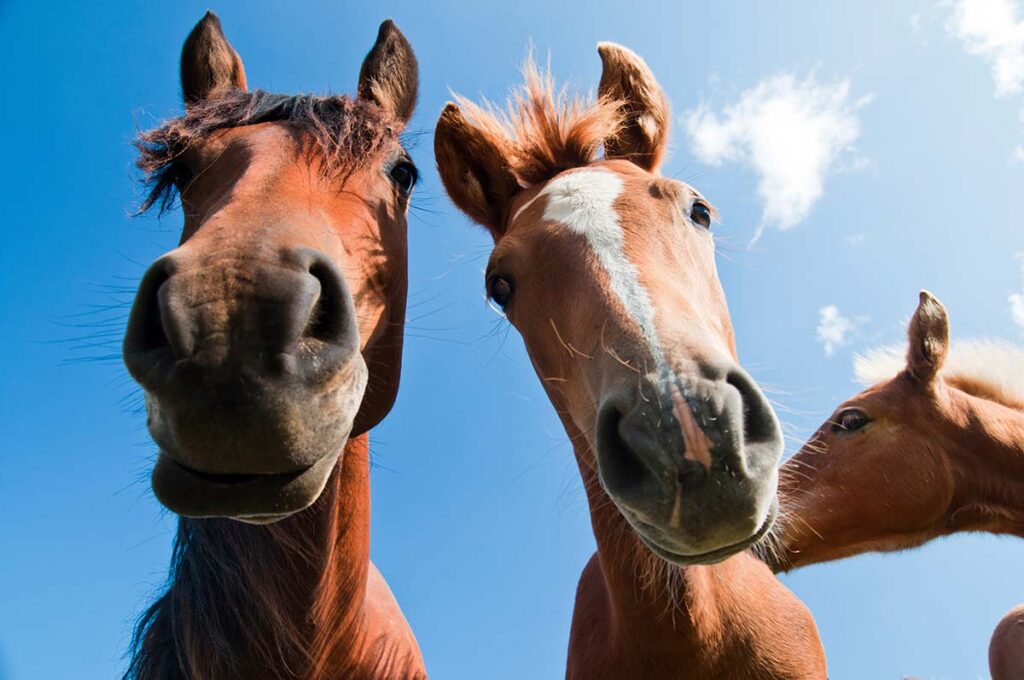A comfortable bed, darkness, privacy, and eight hours of peace and quiet—that’s what you need to sleep well. But your horse’s needs are very different. Knowing about those differences can help you ensure that he gets the rest he needs.
“Horses have sleep patterns typical for prey species that evolved on open plains,” says Sue McDonnell, PhD, founding head of the Equine Behavior Lab at the University of Pennsylvania’s School of Veterinary Medicine. There isn’t a huge body of research on equine sleep, she notes. But over the past 20 years or so, she’s gathered detailed data on the daily behaviors—including sleep patterns—of stabled and feral horses in a wide range of settings throughout the world. Here, she and two other equine-behavior experts will share their insights, So read on to learn your horse’s sleep secrets … and what he needs to sleep best.
To Sleep, Perchance to Flee
All horses can sleep standing up. Your horse has a sort of internal hammock—a system of tendons and ligaments called the stay apparatus. This system lets him lock his legs in position so (unlike you) he can relax his muscles and doze off without keeling over. Even when he’s not sleeping, he uses the stay apparatus to rest muscles and reduce fatigue.
Being able to sleep standing up is a great advantage for a prey animal. If a mountain lion comes creeping through the underbrush, the horse can be off and running without wasting precious seconds struggling to his feet. Horses plan for a quick getaway in choosing resting places, too. Out in the open, they go for sheltered areas but position themselves to get out fast—butts to the windbreak, heads pointing toward a likely escape route. “They’re like volunteer firemen who back their cars into parking spaces so they can pull out fast,” McDonnell says. In many cases, even horses in box stalls rest standing toward the back of the stall, facing the door.
Down Time
Even though they’re able to snooze standing, horses apparently need to lie down for rest and sleep at least some of the time. In fact, scientists think horses must lie down to go into deep stages of sleep. Like humans and many other animals, horses experience both slow-wave sleep (SWS) and rapid-eye-movement (REM) deep sleep. (SWS is characterized by slow, synchronized waves of electrical activity in the brain as recorded by electroencephalography. REM sleep is characterized by jerky eye movements and rapid, disorganized brain waves.) REM sleep seems to occur mostly when the horse is stretched out flat on his side, rather than resting on his chest.
People dream during REM sleep, and it seems that horses do, too. Beneath closed lids, their eyes move rapidly back and forth. McDonnell has even seen some horses move their feet as if “trotting” in their dreams. But what horses dream about is anyone’s guess.
Help Your Horse Sleep Better
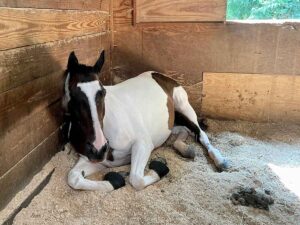
It’s a widely held misconception that horses aren’t affected by sleep deprivation. Most require at least four hours of slumber, including about 60 minutes of REM sleep, during a 24-hour period. If a horse misses out on sleep for several days, he can become so exhausted that he literally falls asleep on his feet, collapsing.
Sleep deprivation is often confused with narcolepsy, a rare neurologic disorder that produces excessive sleepiness, but it is usually much easier to remedy. Take the following steps to ensure your horse gets sufficient sleep each day:
- Turn off the lights. Horses that are used to falling asleep outside in the darkness might have trouble snoozing if they’re moved to brightly lit stalls. They can eventually adapt to brighter conditions, but they will be sleepy until they do.
- Provide ample bedding. REM sleep can be achieved only when the horse is lying flat out or in sternal recumbency with his nose resting on the ground. You can encourage your horse to get off his feet by making the floor more comfortable. In one study, horses were more likely to lie down in a stall deeply bedded with shavings.
- Keep it quiet. Horses are light snoozers, so at night try to keep the barn quiet or provide “white noise,” such as easy-listening music turned down low.
- Stable horses in congenial groups. Horses tend to sleep better when surrounded by other horses, but only if they all get along. Make sure your horse is friendly with herdmates in adjoining stalls. If two horses bicker all night, they may keep the whole barn awake.
Take-Home Message
Horses need sleep, just like humans and other animals. However, they sleep differently than we do. While we sleep in one long stretch, horses take naps throughout the day and night. Make sure your horse gets plenty of opportunities to rest and snooze, and watch out for signs of sleep deprivation.
Parts of this article originally ran on PracticalHorseman.com and EQUUSMagazine.com.

